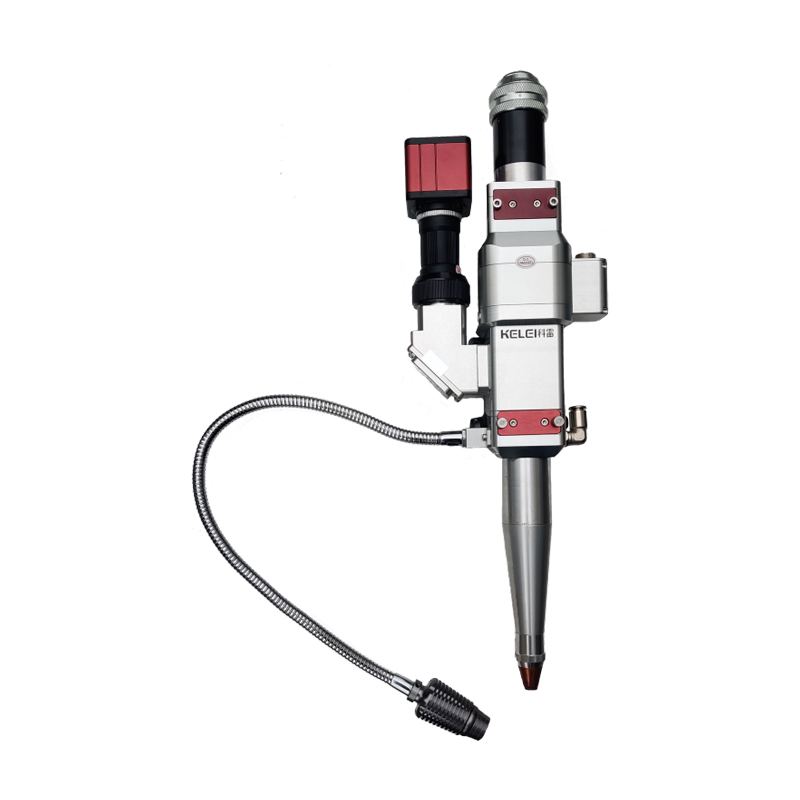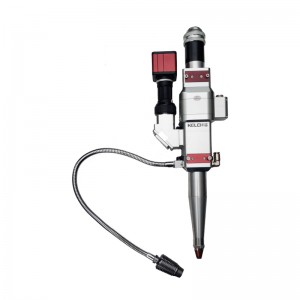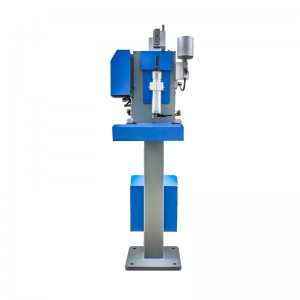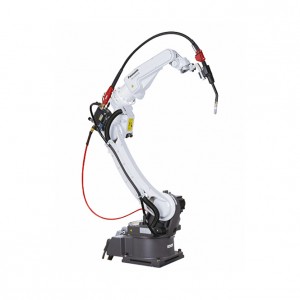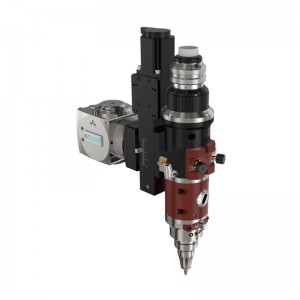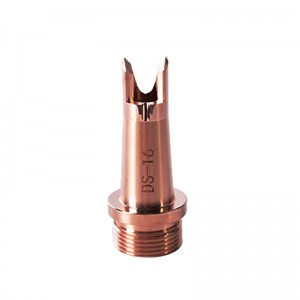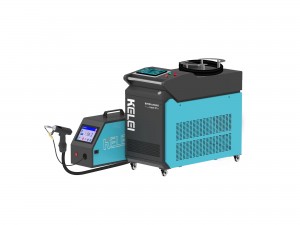KELEI Robot-use Laser Welding Torch
Features
1. Precise collimation and superior liquid-cooled design ensures the reliability and stability of the torch
2. Optimized optical design and smooth airflow helps improving consistency
3. Multiple choices of connectors that brings a broader compatibility
4. Solid QBH connector on the torch secures the operation safety
5. Modular manufactured body with rigid protection lens prevents dusts and obstacles from the focus lens, thus prolongs the service life
Specification
|
Laser Power |
≤2000W |
≤4000W |
|
Collimation |
100mm, 120mm, 150mm |
60mm, 75mm, 100mm, 125mm, 150mm |
|
Focal Length |
150mm, 200mm, 250mm, 300mm |
150mm, 200mm, 250mm, 300mm, 350mm, 400mm |
|
Nozzle Size |
8mm |
|
|
Focal Range |
±5mm |
|
|
Air Pressure |
<0.6Mpa |
|
|
Fiber Connector |
GBH, QCS |
|
Connector Type: QBH
Collimation Lens: PMD30T5
Wavelength: 1080±10nm
Focus Lens: PMD30T5
Power: 2KW, 4KW
Gas Output: Coaxial or paraxial
Collimation Focal Length: 100mm, 150mm
Focal Length: F200, F250, F300
Gas Pressure: ≤1Mpa
Weight: 3.2KG
Support
Manual, Accessories
Products and Applications
Popular science product knowledge
Why should we select robotic welding?
1. Increasing working efficiency
2. Lowering the labor’s workload and be capable for work under hazardous environments
3. Lowering training requirements for workers
4. Increasing the consistency and quality of welding, which can be reflected by objective data


